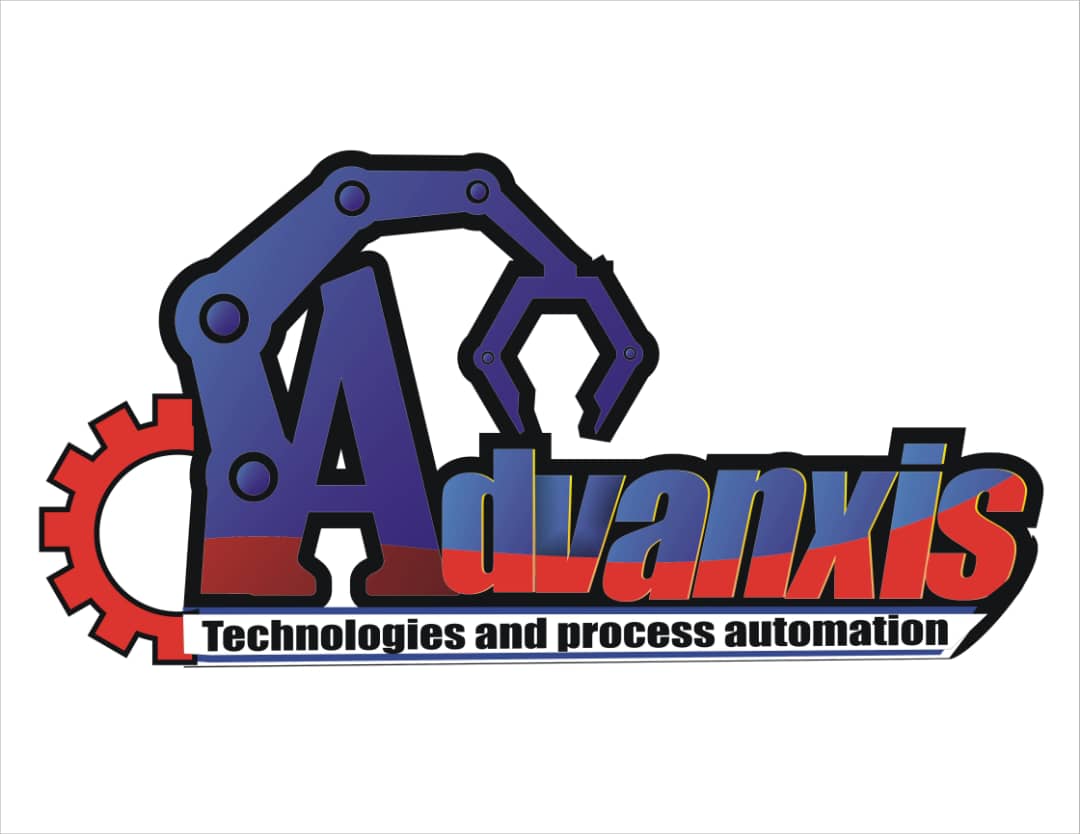Course Description

The electrical designer, installer and maintenance teams are expected to provide an installation that is safe, cost effective and reliable. Fundamental to achieving those aims is documentation that is accurate, complete, and understandable.
This programme commences with a review of documentation and specifications that are relevant to all electrical installations and then progresses through basic design, testing, maintenance, and fault finding aspects, concluding with a review of problems that affect the reliability of any installation where high technology interfaces with the supply.
Many modern electronic protection relays have programmable logic functions that are not always apparent on the electrical schematic drawings. The course includes investigation of how some of the available relays logic can be interpreted, and how the information can be used without the need to interrogate the relay programming matrix.
Course Objectives
Participants attending this programme will develop knowledge of both the specification and use of electrical drawings and documentation.
Course Outlines
Documentation Requirements and Specifications
At the design stage and during operation and maintenance, personnel need to understand what documentation is required and available for the electrical system.
- Documentation introduction
- Specifications and standards
- Document control
- Single line diagrams
- Protection study
Cable Schedules and Termination Details
The electrical system detailed design is created from the outline documentation. .
- Block cable diagrams
- Cable and terminal identification
- Segregation of signals
- Schematic diagrams
- Cable schedules and termination details
Protection Relay Logic
The electrical protection is an example of ‘black box’ technology containing logic functions that may not be apparent on schematic diagrams.
- Protection relay signals
- Protection relay programming
- Relay logic and interface with other equipment
- Function testing
Control Circuit Commissioning and Testing
Once an electrical system has been designed and installed, satisfactory system operation must be proved using commissioning and testing techniques.
- Test methods, equipment, and procedures
- Dead (cold) testing
- Live (hot) testing
- Function testing with other connected equipment
Fault Finding and Maintenance
Electrical systems are generally reliable if maintained properly, but equipment condition does deteriorate with age and faults do occasionally occur.
- Fault finding techniques using electrical diagrams and control circuits
- Periodic inspection and maintenance
- Record keeping and document update
- Programme review and wrap up session
Course Duration 18hrs/2weeks
click here to register for this course
